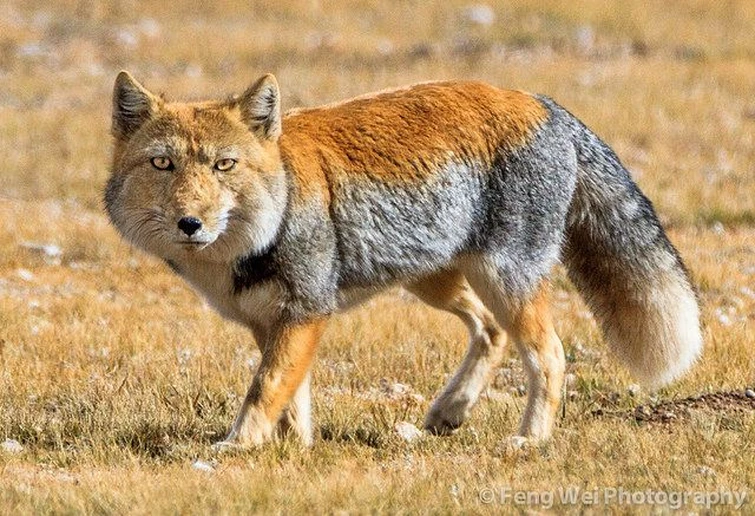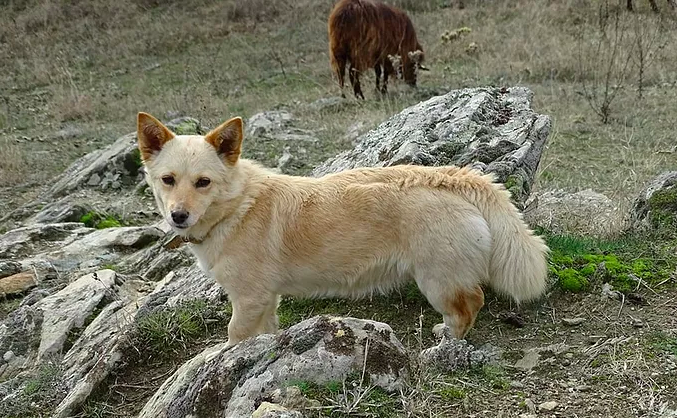FUR: Worldbuilding, Pt I: Tribes
For the last two weeks, we've been brainstorming mechanics for the custom Magic set FUR, set in a world of anthropomorphic beast folk. This week, we're going to take our first look at what that world looks like. In exploratory design, we decided that art, community, and crafting matter. We also established that this world is full of diverse beast folk, with five main tribes-- Wolf, Dog, Fox, Cat, and Scale Folk-- taking center stage. Where do diverse groups of people celebrate community and culture?
A convention!
Or, in more fantasy terms, a festival! Leaning into the source material, the set could take pace in a central where folk of all kinds live together in harmony, surrounded by the territories of the five tribes. Once a year, they gather in the City to celebrate their individual and collective cultures. That gives us the "where" and "when;" the details of "who" will come later in the process.
Let's take a look at the five tribes and decide how to flavor them in the world. Note that the colors may differ slightly from what I said last article, but these pairings are still tentative.
Wolf Folk
Wolves in this set are centered in white and black. Wolves and wolf iconography are a staple of medieval fantasy; a prime example being George R. R. Martin's Game of Thrones. (You might have heard of it?) The wolf folk could evoke medieval knights in the frozen lands to the north. Technically speaking, Game of Thrones presents a version of post-Columbian Europe, around 1500-1600 AD. To fit better with the other tribes, we're actually going to play into actual early Medieval Europe (starting around 600 AD, starting with the fall of Rome). Europe is home to the Eurasian wolf (also called the Middle Russian forest wolf, which sounds pretty cool). In true European spirit, though, I'd rather borrow the northwestern wolf and tundra wolf from the Americas (mostly Canada). Given the source material, dire wolves are also on the table. (They're geographically and temporally out of place here, but if it's good enough for George, it's good enough for me.)
Fox Folk
Foxes in this set are centered in blue and red. We established in the last article that their artistic expression takes the form of ribbon dancing; after conducting a little more research, I learned that ribbon dancing originated in China during the Han Dynasty (206 BCE to 420 CE), but is more commonly associated with the Tang Dynasty (507-907 CE). Foxes could evoke Chinese culture in this set. In real life, the corsac fox and Tibetan sand fox are found in various parts of Asia. A fox spirit called "huli jing" also appear in Chinese folklore as a type of shapeshifter.
Dog Folk
Dogs in this set are centered in red and white. We presented graffiti as their art form, which doesn't have a perfect pre-modern analogue (modern graffiti first appeared around the early 1960's), but the ancient Greeks and Romans were known to write protest poems (among other things) on public buildings. Greco-Roman-inspired graffiti actually sounds cool as hell now that I think of it, so let's go with that. Our timeline is really pushing the fall of Rome, so we're going to aim for Greece under the Byzantine Empire.
Cat Folk
Cats in this set are centered in black and green. I toyed with using Cats, the musical by Andrew Lloyd Webber (did you know it was based on poems by T. S. Eliot, author of The Wasteland and The Hollow Men?), but it really doesn't fit in with the others. What else do we have to work with? Our timeline affords an interesting opportunity here. Just stick with me for a second. Three of the five tribes are canid in nature, so cats seem a little out of place. Cats here could be based on the first Scots to migrate to Caledonia (modern-day Scotland). Celtic cat folk! This of course will look different from the modern idea of Scotland, but Celtic imagery is a deep well. The arrival of cats could also play into the drama of the set once we write the story of the set.
Scale Folk
Reptiles in this set are centered in green and blue. Last week we talked about "something to do with body paint." Instead, I want to focus on the idea of scales. What's the closest analogue to scales in human fashion? Sequins. Where do sequins come from? The word comes from the Arabic word "sikka," meaning coin. (They were popularized in the modern age by the discovery of Tutankhamun in the 1920's, but Magic has done an Egyptian set. Arabian Nights exists, but you and I both know that there's never going to be a Return to Rabia.) With the time period that the others occupy, this means Arabia around ~600AD, so we're looking at the Kingdom of Kindah or the Rashidun caliphate. (Don't worry. I need to do some more research too.) Note here that we are dancing around harmful anti-Semitic conspiracy theories about "lizard people." I'm going to try to use the theme because the organic fit is really exciting, but the moment it doesn't feel right, I'm going to change it.
Miscellaneous
There are some things above that might change, but given the new secondary focus on the 6th century, here are some untouched ideas:
- The Classical period of Mayan civilization
- The Sassanid Empire (Neo-Persian Empire)
- The Kofun/Asuka periods of Japan
- The Indian early Medieval age
The City of Five
Are you sick of hearing about Zootopia and BNA? The idea of a city of beast folk is a common trope in the furry space, and it works well here for our purposes. What does that city look like? (Usually, it's New York, but this is fantasy and we don't want to step on Ravnica's toes.) We have Medieval European wolf folk, Tang Dynasty Chinese fox folk, Roman dog folk, early Celtic cat folk, and Arabian scale folk. Where do all of these groups intermingle? Actually, ancient Rome might not be a bad place to look. The Roman Empire spanned much of the Mediterranean, had interactions with ancient Europe and the Middle East, and even traded with China (although their interactions were limited). Not to mention, Caledonia was a Roman colony before the Gaelic tribes arrived. This is of course tentative, but Rome is iconic enough that I feel confident picking it.
We've settled on a festival in a Rome-themed city as the setting for the set and five cultures to represent our five tribes. Which of these themes interests you the most? What cultures or inspirations would you have used? Let me know in the comments below!
Next week, we'll plunge into the heart of the beast-- it's time for Vision design! Until then, watch Cats (1998) on Amazon Prime Video (or, you know, illegally. That's not advice, I'm just pointing out that it's possible) on Hulu Premium (same note applies). I had to watch it, so now you do too.
That's all for this week. See you soon!





Comments
Post a Comment